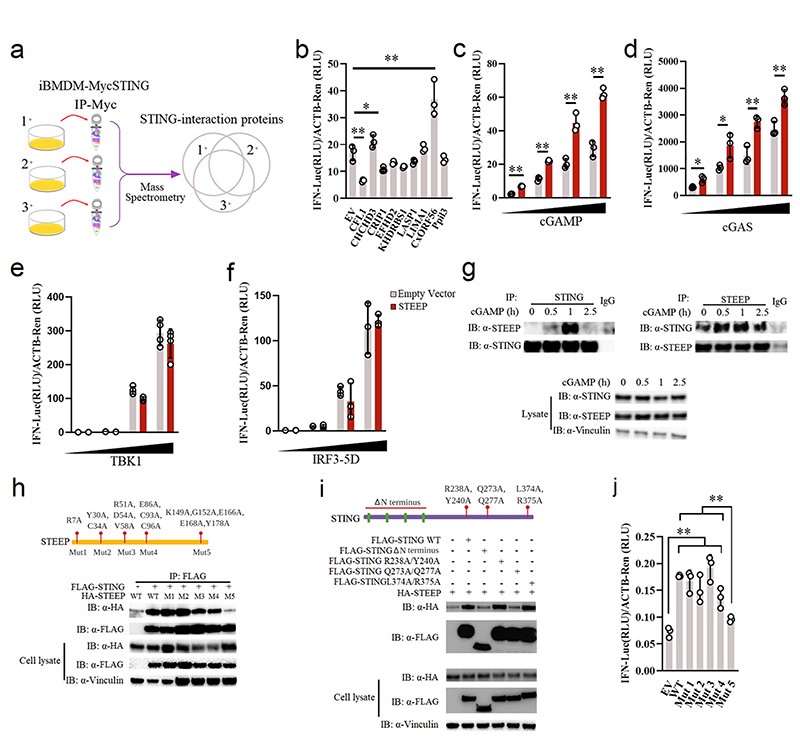Figure 1. Identification of STEEP as a positive regulator of STING signaling.
(a) Set-up for identification of STING-interacting proteins. (b) Reporter gene assays for IFNB1 promoter activity in STING-expressing HEK-293T cells co-transfected with the indicated expression plasmids for 24 h, and stimulated by 100 nM cGAMP for 6 h (n = 3) RLU, relative light units. (**P = 0.00051, *P = 0.047, **P = 0.0087, left to right). (c) IFNB1 reporter gene assays in STING-expressing HEK-293T cells transfected with STEEP for 24 h, and stimulated with increasing concentrations of cGAMP (n = 3). (**P = 2.37E-05, **P = 0.00014, **P = 0.0024, **P = 0.00049, left to right). (d-f) IFNB1 reporter gene assays in (d) HEK293T-STING or (e-f) HEK-293T cells transfected with STEEP, and increased concentration of cGAS (n = 3) (**P = 0.016, **P = 0.023, **P = 0.0057, **P = 0.0075, left to right), TBK1 (n = 4) or IRF3-5D (n =3) as indicated for 24 h. (g) Immunoprecipitates and lysates from THP1 cells stimulated with cGAMP (100 nM) were immunoblotted with antibodies against STEEP, STING, and vinculin (n = 3). (h) FLAG was immuno-precipitated from HEK-293T lysates transfected with FLAG-STING and HA-tagged STEEP (WT and indicated mutants). Precipitates were immunoblotted with anti-HA (n = 3). (i) FLAG in lysates from HEK-293T cells expressing FLAG-STING (WT and indicated mutants) together with HA-STEEP was immunoprecipitated, and immuno-blotted with anti-HA (n = 3). (j) IFNB1 reporter gene assays for STING-expressing HEK-293T cells transfected with 50 ng of STEEP (WT or mutants), and IFNB1 promoter luciferase reporter, β-actin Renilla reporter for 24 h (n = 3) (**P < 0.01). Data in panel b-f and j are shown as means of cell culture triplicates +/- st.dev. Statistical analysis of data in panel b and j was performed using two-tailed one-way ANOVA test, and panel c and d was performed using two-tailed Student’s t-test.

